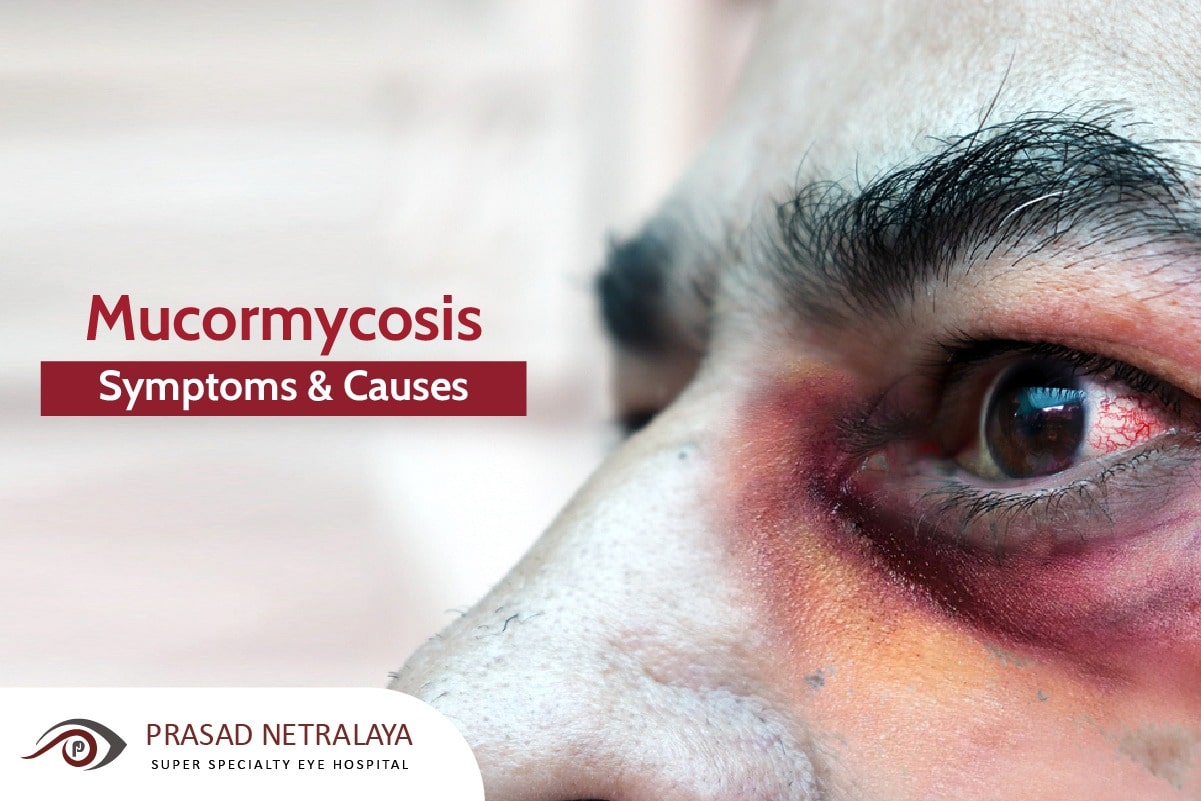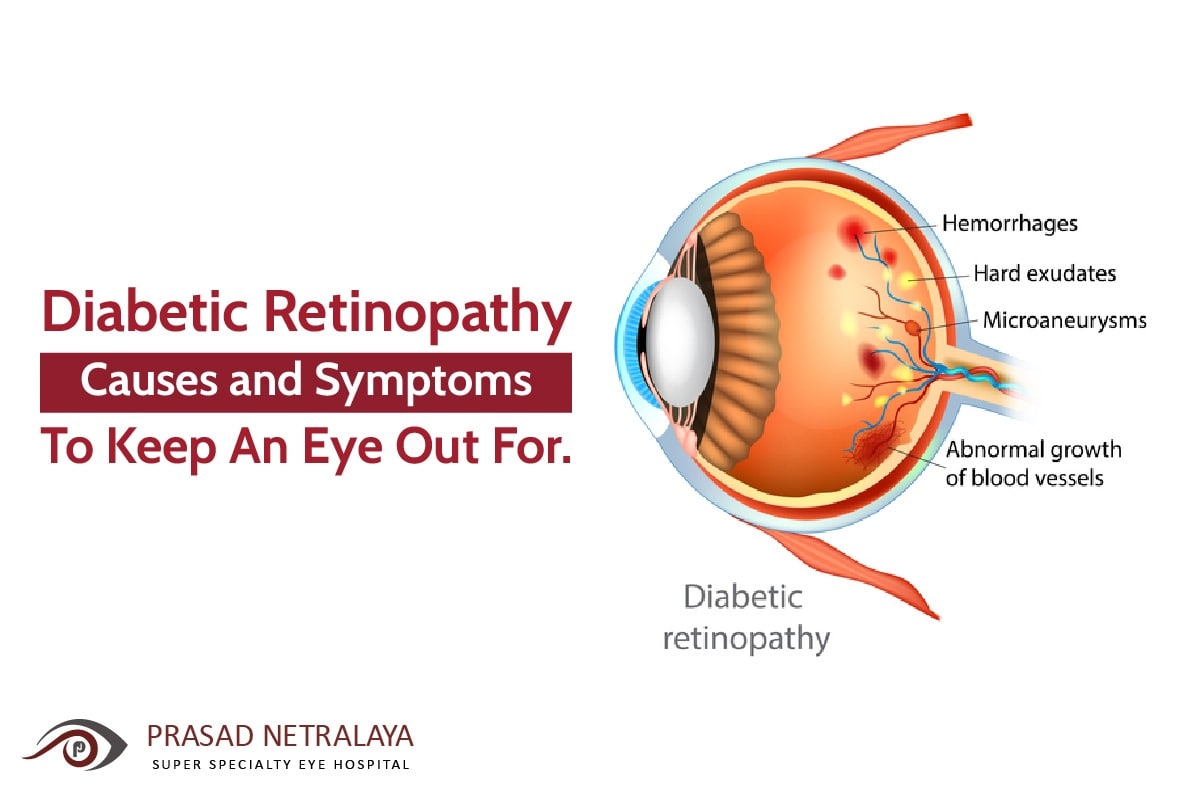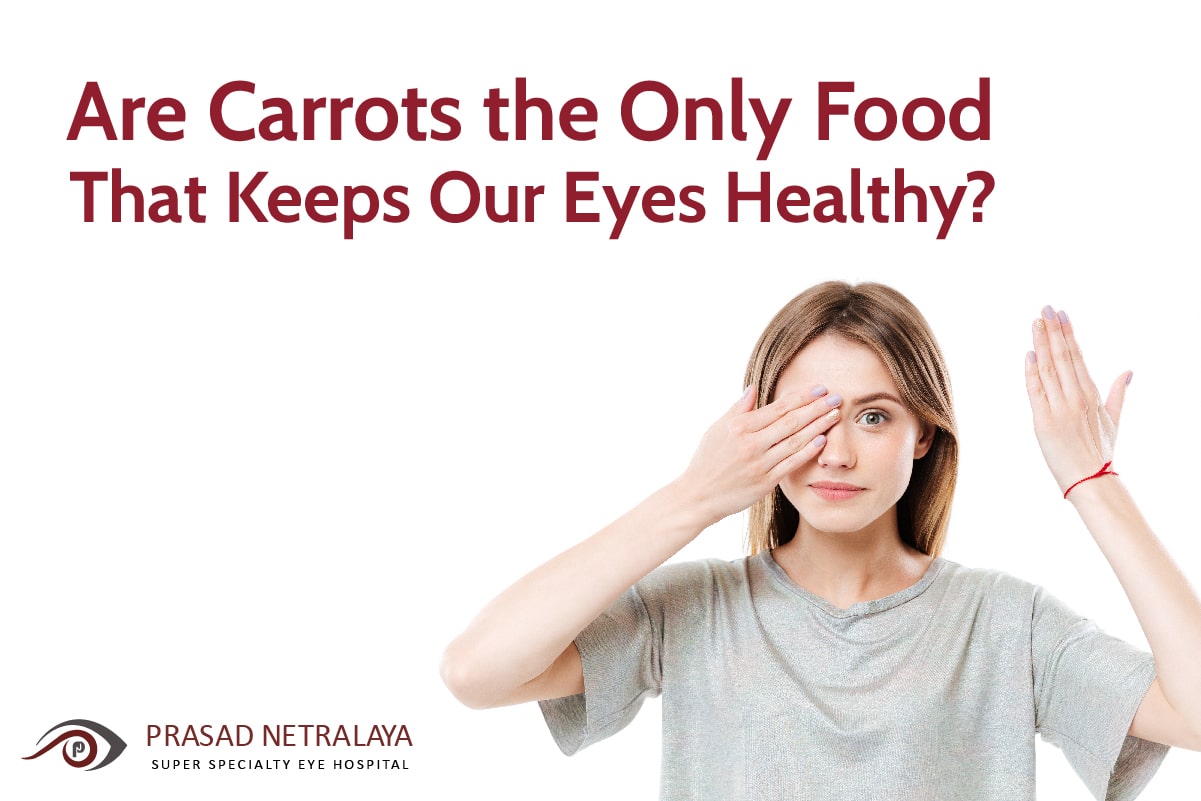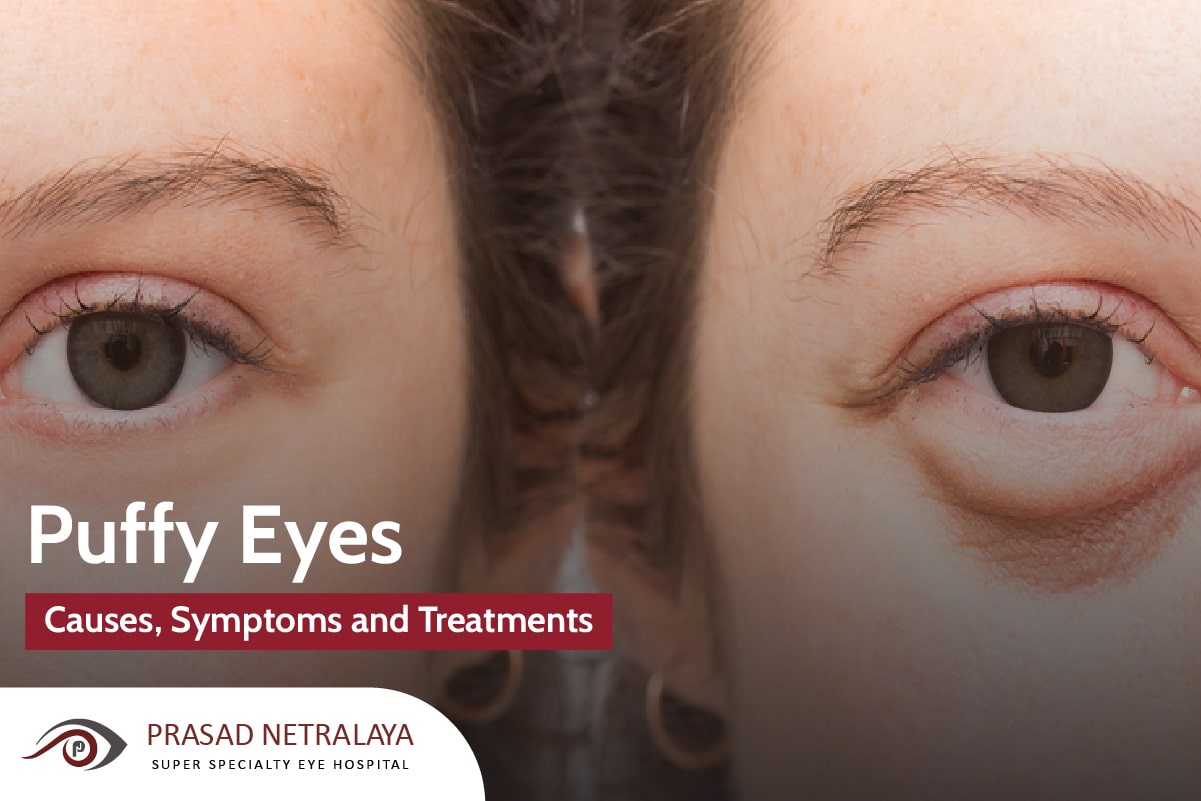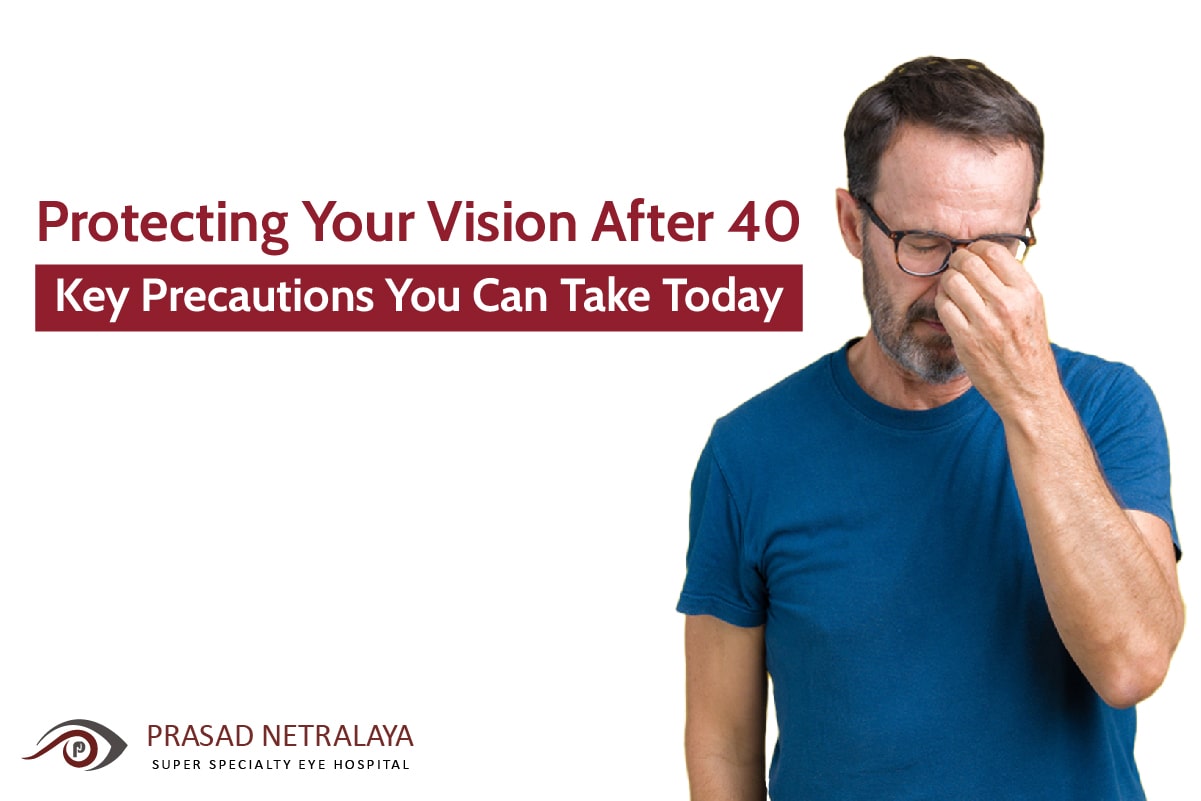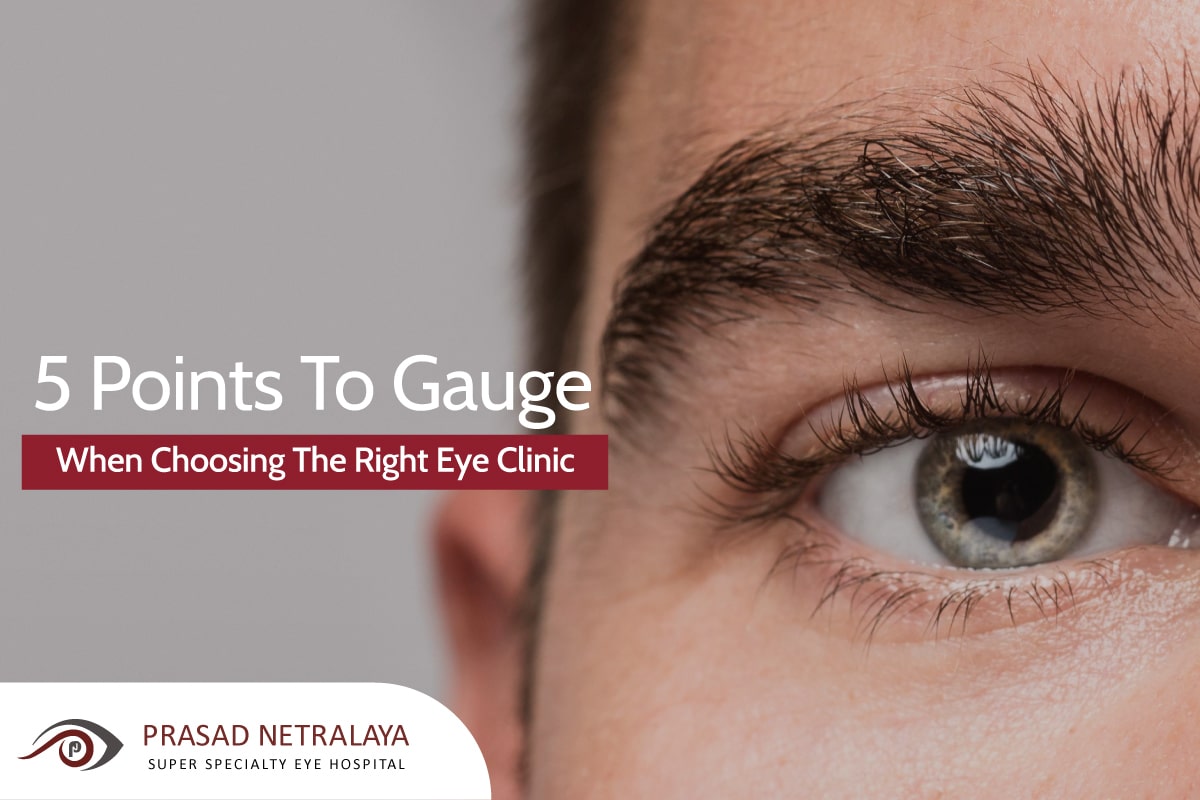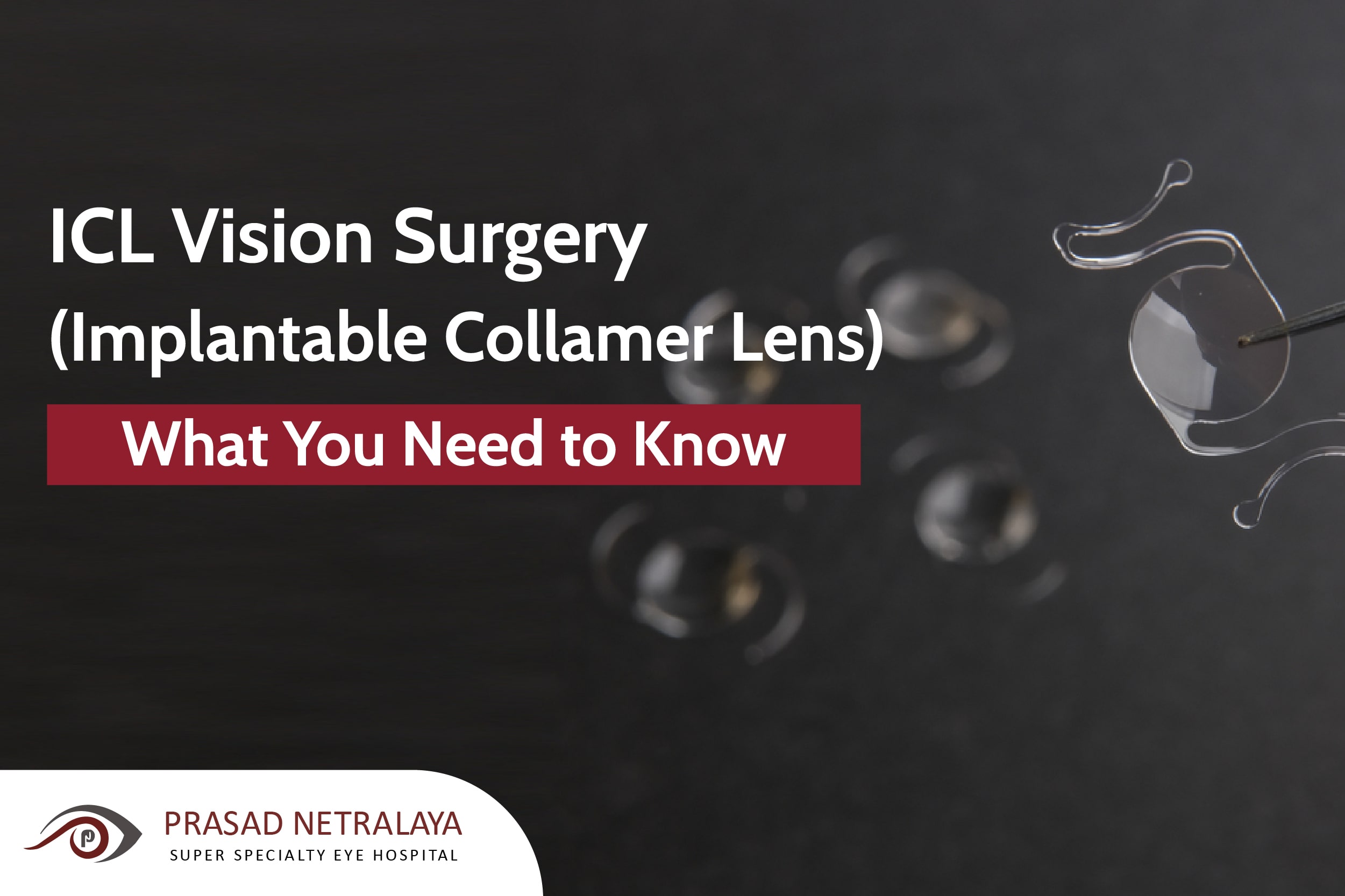With the third wave of covid-19 catching up, people are starting to become more aware of all the health risks that come with the coronavirus infection. Blood clots, long-term lung issues, and, another infection that shook us all to the core during the last wave 一 Black fungus, also known as Mucormycosis. Black fungus was a deadly fungal problem that…
